“Where’re ya putting in those kayaks?” is a common question we get from curious bystanders. (We hear it wherever we go, whether that is near some body of water, or, a little more earnestly, when we’re parked in the middle of a desert.) As full-time RVers, having our kayaks with us at all times means that we can paddle away from the shore whenever and wherever the opportunity arises. Part of the beauty of kayaking is portability, which is why kayaks pair perfectly with RVs.
In my 20 years of teaching kayaking, we often hear the question, “What kind of kayak should I get?” With a little humor, we usually reply with, “the one you will paddle.” But the reality is that for RV owners, kayak selection is twofold. You need to select the right kayak for your style of paddling. And you have to look at the realistic storage situation in/on/with your RV. Ultimately, you want to minimize any barriers to getting on the water.
And there’s good reason for that.
Kayaking takes us to remote places away from noisy motorboats. Easier to maneuver and cut through headwinds better than stand up paddle boards, they can be the very definition of outdoor relaxation. At the same time, kayaking can be the apex of adrenaline pumping, razor-edge, adventure. As a general rule of thumb, the smaller the boat, the easier the turning and the slower the hull speed. The longer the boat, the easier the tracking (going straight) and the faster it can move through the water. Favoring one often means sacrificing the other.
Now, let’s talk about which kayak is right for you and your rig.
Learn the Types of Kayaks
Sea Kayaks
Seas kayaks are 14 to 22 feet long, with an enclosed cockpit. This allows paddlers to stay drier through the use of a nylon or neoprene spray skirt. Dry hatches for both storage and buoyancy are also common. Made from injected plastic, fiberglass, or even carbon fiber, these boats can range from heavy and durable to ultra lightweight and costly. They track much better than shorter boats, especially into the wind and allow a faster hull speed. This sacrifices easy turning. And that can be frustrating in heavy seas or cross-winds. While sold as sea kayaks, they are quite versatile. We use ours in lakes (and even slow rivers) quite often.
Fishing Kayaks
Also known as “sit on tops,” fishing kayaks are six to 14 feet long. They are very popular with anglers because of their open design, stability, and higher seat. (The latter allows a better angle of what’s under the water.) The double-hull design provides storage areas and stability, but can be difficult to paddle long distances. They are also much heavier than single-hull boats of the same length.
White Water Kayaks
White water kayaks are six to nine feet long, with an enclosed cockpit and spray skirt. Short boats with flat bottoms are considered “play” boats and facilitate surfing and acrobatic maneuvers in fast moving water. Longer boats with more rounded hulls can be better for steep rivers with difficult rapids. These boats can turn on a dime, but track less easily when kayaking.
Recreational Kayaks
These 8-to-14-foot kayaks combine many of the better features into one all-around boat. Often, this makes perfect for beginners who are planning to do more flat water paddling. The cockpit is usually very open, but cit an incorporate a spray skirt. Lighter than a sit on top, they track better than a white water boat. But their open cockpit can mean more water splashing in.
Foldable Kayak
Who needs roof racks? Taking up no more space than a large suitcase, these boats can be a great option for those with fewer over-vehicle storage options or solo travellers.
*****
The variety of RV or vehicle storage options are as vast as the types of boats available, from assisted-lifting roof racks to custom cradles. Often, simply asking your local kayak dealer to help solve your storage solution is the fastest way to get a solution for your specific kayak.
Stock the Necessary Gear
While you can rent a boat near just about any body of water, it’s worth the small investment to have your own gear that fits you and your style of kayaking. At a minimum, you’ll need:
- Personal Floatation Device (PFD, aka lifejacket). Between 80 to 90 percent of all boating related drowning victims were not wearing a PFD. In short: ALWAYS wear it! Get a comfy one designed for the sport, and you’ll forget it’s even there.
- Paddle. Two bladed paddles allow alternating paddle strokes on either side for good forward momentum and maneuverability. The paddle you need depends on the style of boat you choose.
- Spray Skirt. If paddling a closed cockpit kayak, spray skirts can help to keep water out. Skirts are sold by waist size and cockpit size, so are very specific to the paddler and the boat.
- Signaling/Communication Device. These can range from having a cell phone in a dry case, VHF radio, or flares, to highly visible clothing at a minimum.
Prepare to Get Started
- Learn from a Guide. Taking a guided tour with a professional instructor is a good way to see what kayaking is all about. Another benefit is that you don’t have to worry about the gear, the paddling plan, and safety.
- Start with a Rental. Renting a boat in a recreational area is also a great way to try things out, and see what you like (or don’t like) about their boats.
- Take a Class. Enrolling in an instructional course can meet you where you are. The ACA (American Canoe Association) offers courses for beginners to expert instructors.
- Connect with a Club. Joining a local paddle club will introduce you to others who share your interests, and is also a great way to get insider knowledge about the area.
Visit Awesome Kayaking Destinations
While our list of favorite places to kayak is at least a mile long, here are a few of our faves. All of which are very accessible for beginners.
Unsalted (aka Freshwater) Kayaking
North Cascades, Washington. Two main reservoirs lie along the Skagit River — Ross Lake and Diablo Lake. The nearly iridescent blue water created by glacial run-off creates a surreal and stunningly beautiful scene. (Don’t believe us? Check out the image at the top of this blog!)
Grand Canyon, Arizona. Spending 10 to 21 days paddling the Grand Canyon is beyond most people’s skill level, but there is a section of the river that is a perfect day trip for beginners. Hire a back-haul service to take you up to the Glen Canyon Dam, then paddle/float the 16 miles back to Lee’s Ferry.
Lake Powell, Utah. Exploring the narrow side canyons away from the main lake provides a more serene experience as you’ll be away from most of the motorboat traffic. It also affords you the opportunity to explore Ancient Puebloan ruins and sandstone cathedrals.
Voyaguers, Minnesota: A day trip on these lakes is a gorgeous way to get away from it all for a short time. The lakes can be both serene and rough, depending on the time of day, but the numerous islands typically provide some shelter from the wind.
Salted (aka Saltwater) Kayaking
Maine Coast, Maine. One of the best ways to explore Maine is from the water surrounding it. With over 5,000 miles of shore line and over 4,000 islands, you could kayak in a different area every season and never see it all. Local guide services offer both small group and private tours which highlight the best sights of this spectacular coast. It’s a great way for beginners to become more familiar with ocean kayaking.
Biscayne, Florida. Kayaking is the perfect way to explore the shallow bays and mangrove-lined shores of this national park. Guided trips offer beginners a great introduction to some of the more popular lagoons and keys, while more experienced kayakers can cross the 7-mile expanse of Biscayne Bay to Elliott or Boca Chita Keys. See our recent blog on Biscayne National Park for more info.
*****
Our RV travels have led us all across the continent and included many world-class paddling destinations. With our boats up top and gear in the back of our truck, we’ve made many memorable moments in our travels from the cockpit of our boats!
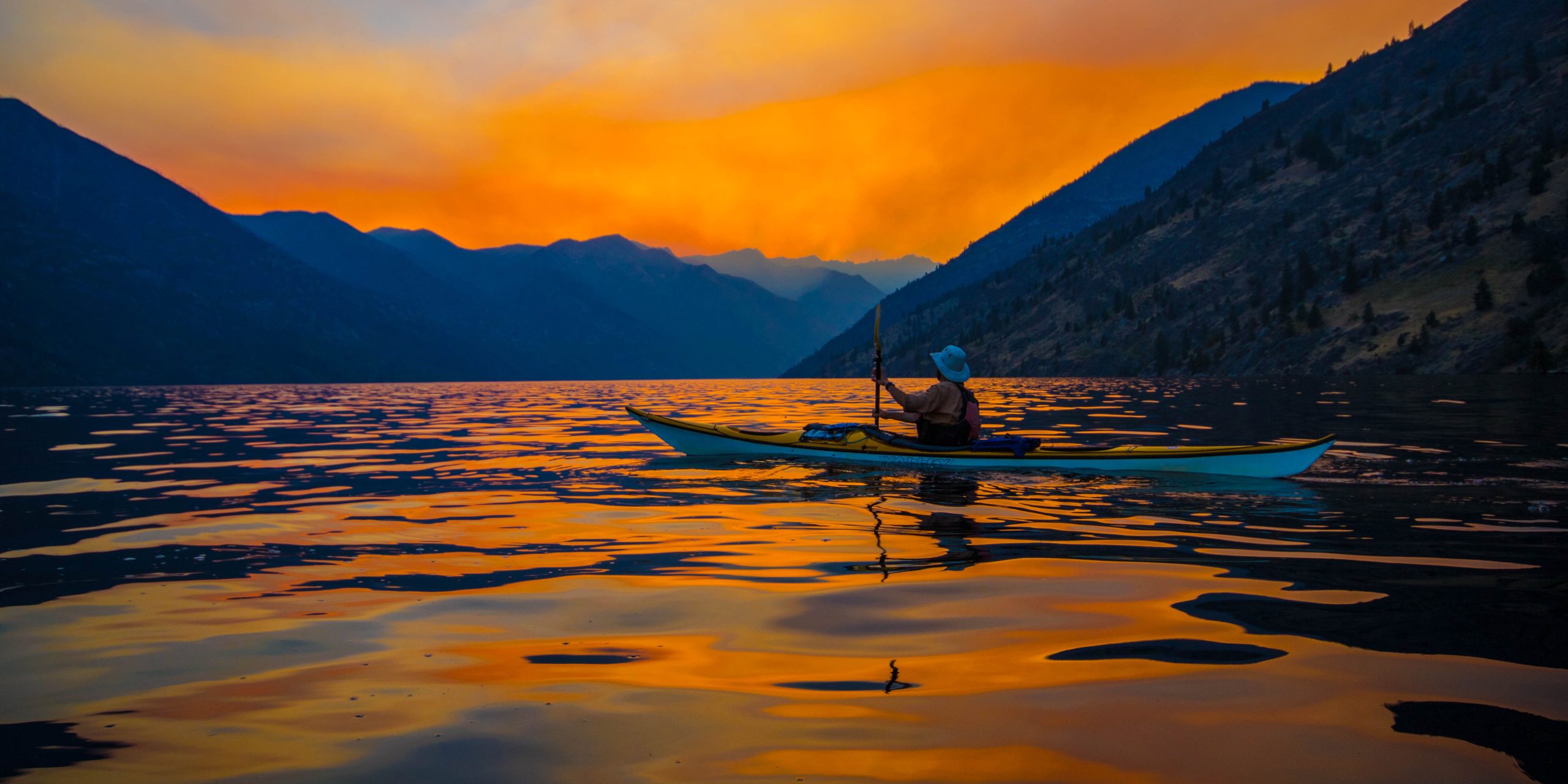
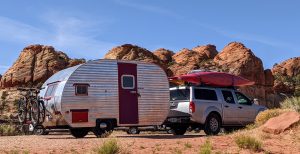
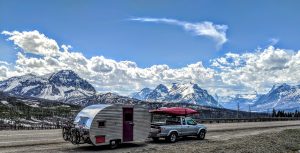
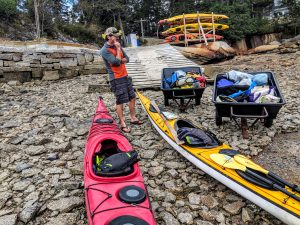
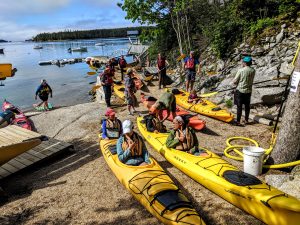
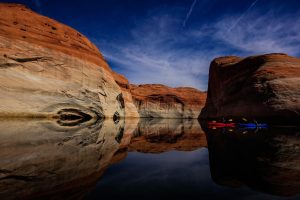
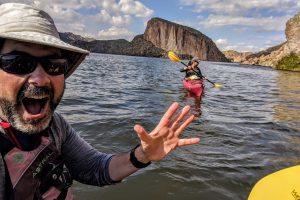
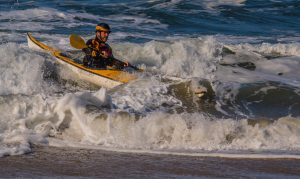
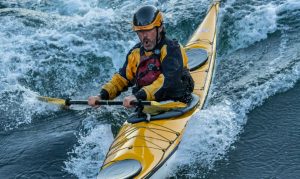
Leave a Reply